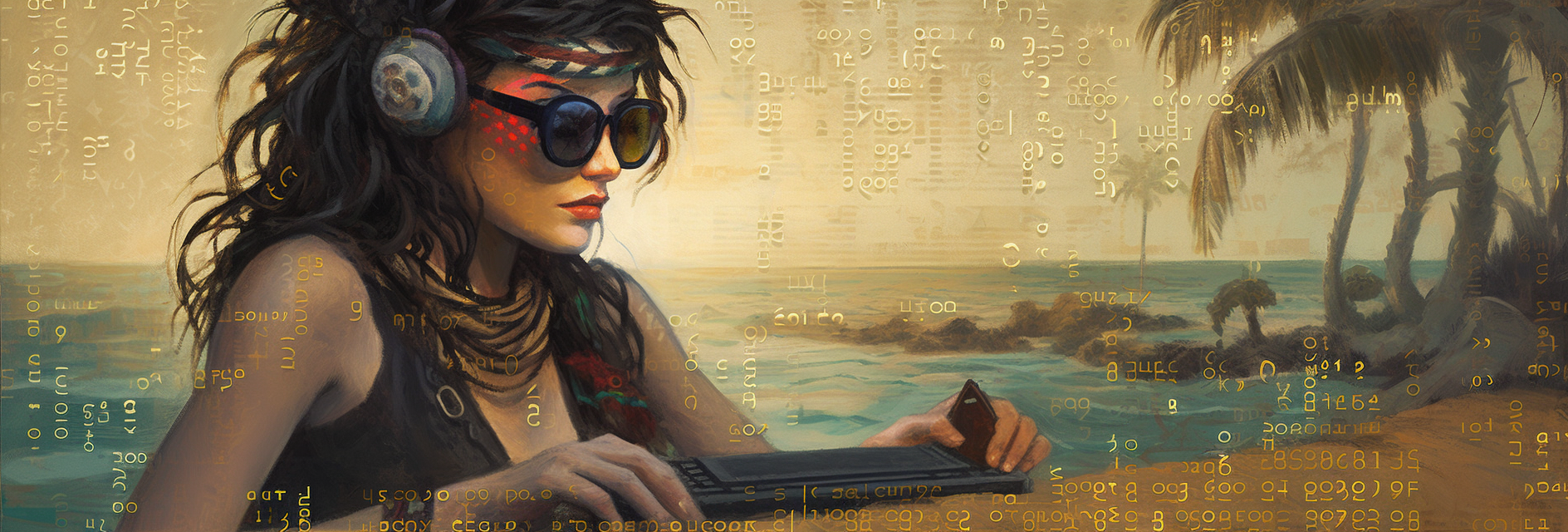Serialize Java Objects to JSON

Ahoy there, mateys! Welcome aboard this journey to learn how to serialize Java objects to JSON using Jackson. But before we hoist the sails and set off, let’s start by understanding what JSON is.
Introduction to JSON
JSON (JavaScript Object Notation) is a lightweight data interchange format that is easy for humans to read and write, and easy for machines to parse and generate. It is a text format that uses a simple syntax to represent objects, arrays, strings, numbers, booleans, and null values.
JSON is widely used in web development, mobile applications, and distributed systems. It is often used as a data format for APIs (Application Programming Interfaces) to transfer data between clients and servers. It is also used for data storage, configuration files, and log files.
JSON is similar to XML (Extensible Markup Language), another popular data interchange format. However, JSON has a simpler syntax, is more concise, and is often faster to parse and generate than XML.
Now that we’ve got a basic understanding of JSON, let’s set course for the next destination: serializing Java objects to JSON using Jackson.
Arrr, me hearties! Now that we’ve covered the basics of JSON, it’s time to get started with serializing Java objects to JSON using Jackson. Let’s weigh anchor and hoist the colors!
Basic serialization with Jackson
To serialize a Java object to JSON using Jackson, we need to create an instance of the ObjectMapper class, which is the core of the Jackson library. The ObjectMapper class provides methods to convert Java objects to JSON and vice versa.
Let’s start with a simple example. Suppose we have a Person class with two fields: name and age. Here’s how we can serialize an instance of the Person class to JSON using Jackson:
import com.fasterxml.jackson.databind.ObjectMapper;
public class JacksonDemo {
public static void main(String[] args) throws Exception {
ObjectMapper objectMapper = new ObjectMapper();
Person person = new Person("Jack Sparrow", 35);
String json = objectMapper.writeValueAsString(person);
System.out.println(json);
}
}
class Person {
private String name;
private int age;
public Person(String name, int age) {
this.name = name;
this.age = age;
}
public String getName() {
return name;
}
public int getAge() {
return age;
}
}
In this example, we create an instance of the ObjectMapper class and use its writeValueAsString method to convert the person object to a JSON string. We then print the JSON string to the console.
The output of this code will be:
{"name":"Jack Sparrow","age":35}
As you can see, the output is a JSON string that represents the Person object. The name field is mapped to a JSON property with the same name, and the age field is also mapped to a JSON property with the same name.
That’s all there is to basic serialization with Jackson! But what if our Person class has more complex fields or relationships? Stay tuned, me hearties, for the next leg of our journey: serializing complex objects with Jackson.
Shiver me timbers! We’ve covered the basics of serialization with Jackson, but what about complex objects? Fear not, me hearties, for we shall now set our sights on serializing complex objects with Jackson.
Serializing complex objects with Jackson
Suppose we have a Movie class that contains a list of Actor objects:
import java.util.List;
public class Movie {
private String title;
private int year;
private List<Actor> actors;
public Movie(String title, int year, List<Actor> actors) {
this.title = title;
this.year = year;
this.actors = actors;
}
public String getTitle() {
return title;
}
public int getYear() {
return year;
}
public List<Actor> getActors() {
return actors;
}
}
class Actor {
private String name;
private int age;
public Actor(String name, int age) {
this.name = name;
this.age = age;
}
public String getName() {
return name;
}
public int getAge() {
return age;
}
}
To serialize an instance of the Movie class to JSON using Jackson, we need to follow the same steps as before: create an instance of the ObjectMapper class and use its writeValueAsString method. However, this time we need to make sure that the Actor objects are also serialized to JSON.
Here’s how we can serialize an instance of the Movie class to JSON using Jackson:
import com.fasterxml.jackson.databind.ObjectMapper;
import java.util.ArrayList;
import java.util.List;
public class JacksonDemo {
public static void main(String[] args) throws Exception {
ObjectMapper objectMapper = new ObjectMapper();
List<Actor> actors = new ArrayList<>();
actors.add(new Actor("Johnny Depp", 57));
actors.add(new Actor("Keira Knightley", 36));
Movie movie = new Movie("Pirates of the Caribbean", 2003, actors);
String json = objectMapper.writeValueAsString(movie);
System.out.println(json);
}
}
The output of this code will be:
{"title":"Pirates of the Caribbean","year":2003,"actors":[{"name":"Johnny Depp","age":57},{"name":"Keira Knightley","age":36}]}
As you can see, the output is a JSON string that represents the Movie object. The title and year fields are mapped to JSON properties with the same names, and the actors field is also mapped to a JSON property with the same name. The actors list is serialized as a JSON array, with each Actor object serialized as a JSON object with name and age properties.
That’s all for now, me hearties! We hope this article has been informative and entertaining. Jackson is a powerful and flexible library for working with JSON in Java, and we encourage you to explore its many features and capabilities. Until next time, fair winds and following seas!